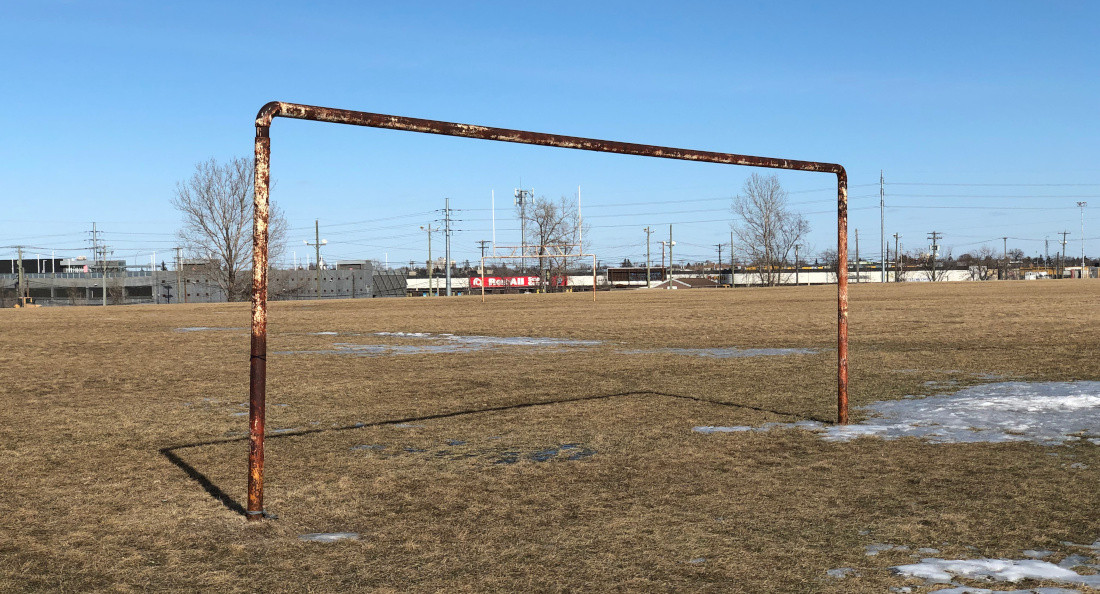Seeing Winnipeg with the right eyes
A people’s history of Winnipeg
One of the things I love about learning Winnipeg’s history is how much vibrancy it adds to how I experience the city. As I learn more history, certain areas and places take on greater significance, representing the overlap of historical continuums.
Over the years, I have done several 1919 General Strike tours, and some of my favorite spots are those around Waterfront Drive, James Street and Pacific Street. These spaces are significant, as they are where Victoria Park and the old pump houses were located.
Victoria Park was a major meeting place for strikers to gather and hear speeches from strike leaders. Even after the strike, Victoria Park became a symbol for the strikers, which they commonly referred to as Liberty Park.
Such a symbol could not remain, so Victoria Park was eventually demolished after the strike when the pump houses were built. Those pump houses carried water from Shoal Lake when the Winnipeg aqueduct was built in 1919. For the next 100 years, this same aqueduct dispossessed Shoal Lake 40 from having clean drinking water.
One of the most striking vantage points is an unremarkable and forgotten location, the McPhillips Athletic Grounds.
The Athletic Grounds are essentially a field with an old set of bleachers and a rusted soccer goal post off Logan Avenue.
People drive by these grounds without even knowing they are there. To access them,
you have to go through a side street and then walk up a flight of concrete stairs. However, this unremarkable field allows visitors to see so much of Winnipeg and its history.
First, this is probably one of the best vantage points to look at the CPR rail yards. These train tracks have defined Winnipeg for its entire history and played a major part in the General Strike, as many strike leaders worked there.
South from the rail yards is the neighbourhood of Weston, where many of the strike leaders, skilled trades workers and important political figures, like Helen Armstrong and Edith Hancox, lived.
Keeping your eyes south, you can also see roughly where Winnipeg Police Service Const. Robert Cross shot John Joseph Harper in March of 1988. This, along with the police killing of Helen Betty Osborne, launched the Aboriginal Justice Inquiry to investigate the justice system’s relationship with Indigenous Peoples.
Looking north again, you can spot the hydro towers where some of the events of Katherena Vermette’s The Break takes place.
For one of the most unremarkable fields in all of Winnipeg, the McPhillips Athletic Grounds holds a vantage point of some of the key historical continuums in this city.
From the role of the rail yards splitting the city, the labour struggles and militancy of the early 20th century to the enduring Indigenous presence in this city, it all can be broached from this seemingly underwhelming field. But to see it, you must have the right eyes.
Scott Price is a labour historian and the program director at CKUW 95.9 FM.
Published in Volume 78, Number 22 of The Uniter (March 21, 2024)







